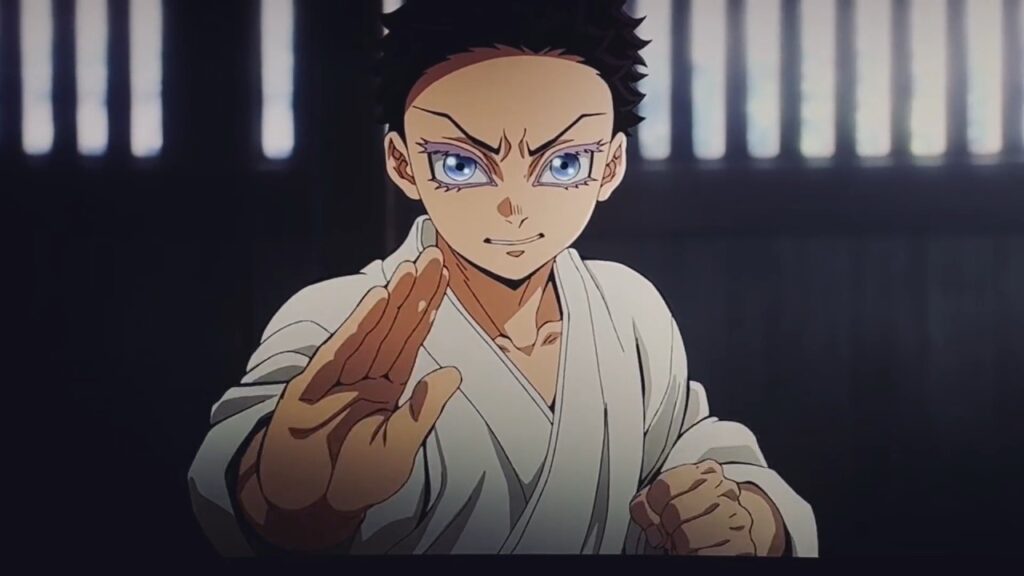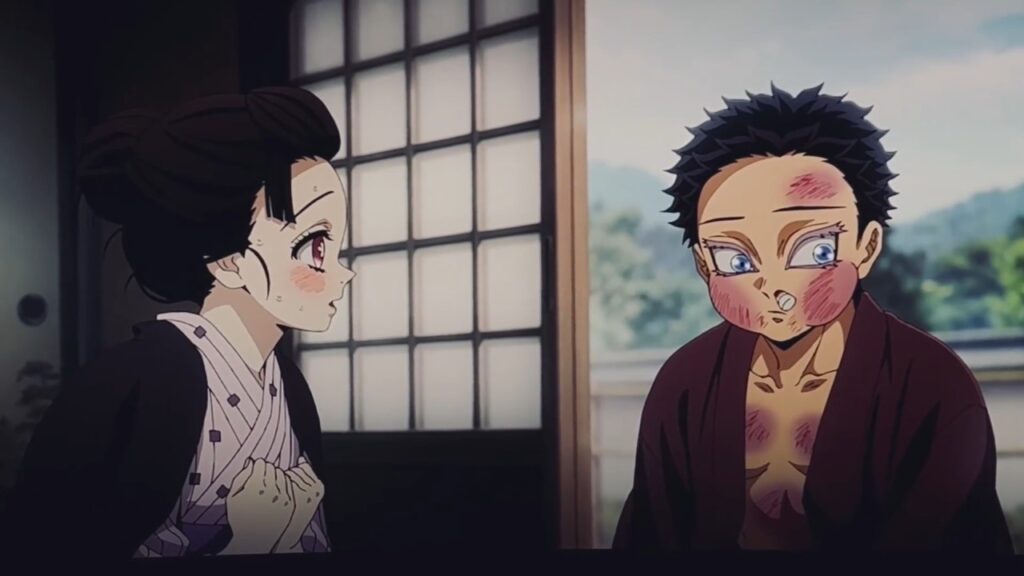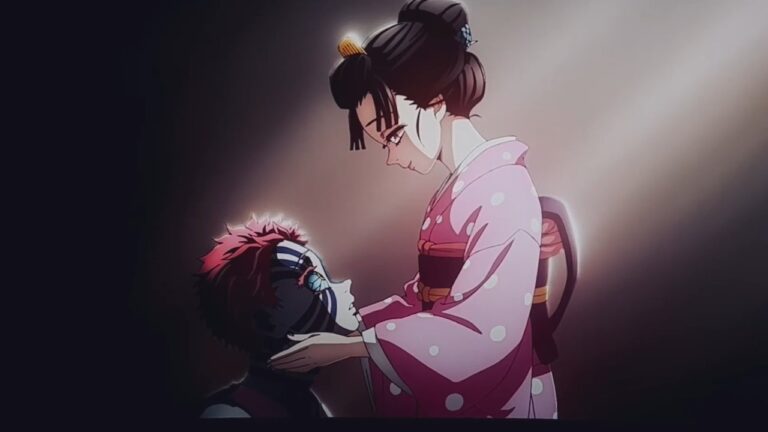When we first meet Akaza in ‘Demon Slayer: Mugen Train,’ we see him as a ruthless killer. He takes pride in his strength, mocks weakness, and kills Kyojuro Rengoku without hesitation. It is easy for us to despise him in that moment. He represents everything the Demon Slayers fight against. But later, something changes when we finally see his story unfold inside the Infinity Castle. Suddenly, the lines between good and evil blur, and we question what makes someone a monster.
Akaza was not always a demon. He was once a human named Hakuji, who grew up in poverty, stealing from others to care for his sick father. Every act of theft came from love, yet it also carried guilt and shame. When the authorities caught him, his father discovered the truth and could not bear to live knowing his son was committing crimes for his sake. He took his own life, leaving behind a letter that begged Hakuji to live an honest life. That moment broke him. It was not just the loss of a parent but the loss of the only person who ever loved him without condition.
Hakuji’s Memories Remind Us That Morality Isn’t Black and White

After being banished from his town, Hakuji wandered until he was found by a kind martial arts master named Kaiso. Instead of judging him for his past, Kaiso allowed him to start over. He trained Hakuji in martial arts and taught him discipline, patience, and purpose. Hakuji met Kaiso’s daughter, Koyuki, who was sick but full of warmth and quiet strength. As she recovered, the two grew close, and eventually, Kaiso asked Hakuji to marry her. For the first time, Hakuji had a home and a future worth living for.
But peace never lasts long in a world where envy and cruelty exist. A rival dojo, jealous of Kaiso’s reputation and Hakuji’s growing skill, poisoned the well that supplied their home. When Hakuji returned, he found Kaiso and Koyuki dead. Everything he had built collapsed in an instant. He lost his mentor, his love, and his reason to live. In a moment of unbearable grief and rage, he slaughtered every member of the rival dojo with his bare hands. It was an act of revenge born from despair, not malice. But it marked the end of Hakuji’s humanity.
When Muzan Kibutsuji found him amidst the carnage, Hakuji had already lost everything that tied him to the human world. Muzan offered him a way to escape his pain, become stronger, and never lose again. Broken and empty, Hakuji accepted, and thus Akaza was born. From that day, his strength became his identity, and his violence became the only language he knew.
Demon Slayer’s Story, Along with MAPPA’s Illustration, Shows That Every Villain Has a Story Worth Understanding

The tragedy of Akaza is that even as a demon, fragments of Hakuji remained. We see it in his refusal to kill women, a rule that seems to come from his memory of Koyuki. We see it in his obsession with fighting strong opponents, perhaps a twisted echo of Kaiso’s teachings. When he kills Rengoku, it is not from cruelty alone but from a belief that strength is the only truth left in the world. He invites Rengoku to become a demon, not because he enjoys evil but because he cannot stand watching strength die as he once watched love die.
What Demon Slayer does through Akaza’s story is remind us that evil is not always born from hatred. Sometimes it grows from pain. The series constantly plays with the idea that the world is divided into good and evil, yet every “bad” person somehow has a story that justifies their fall. The Demon Slayers fight for justice, but the demons they slay were once people who suffered, who made choices we might understand if we were in their place.
In the end, when Akaza faces his memories, the illusion of strength fades, and what remains is Hakuji, the boy who wanted to protect his father, the man who loved Koyuki, and the soul that could never find peace. His story does not excuse his crimes but gives us a reason to look deeper. We begin to realize that the world of Demon Slayer is not built on pure black and white. It exists in shades of grey where even the cruelest figures are shaped by love and loss.
Maybe that is what makes Akaza’s story so powerful. It does not tell us what to think about him. Instead, it asks us to look within ourselves and decide how far someone can fall before they are beyond saving. Perhaps there is no clear answer, precisely what Demon Slayer wants us to sit with. The line between good and evil is not drawn in blood but in our choices when faced with pain.




